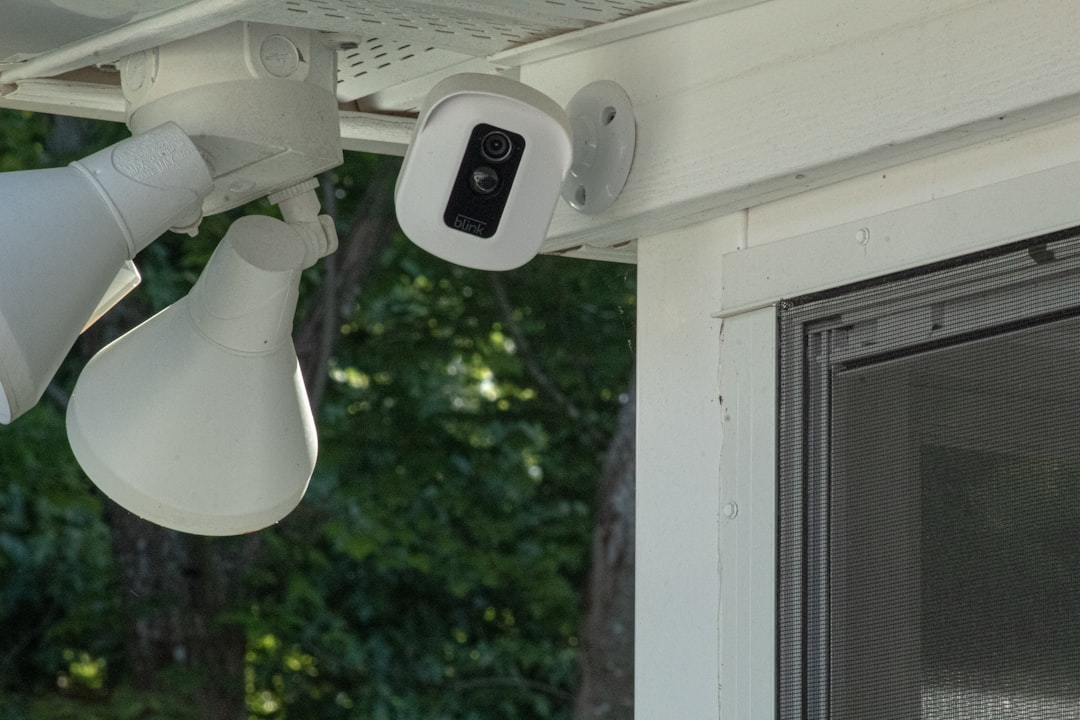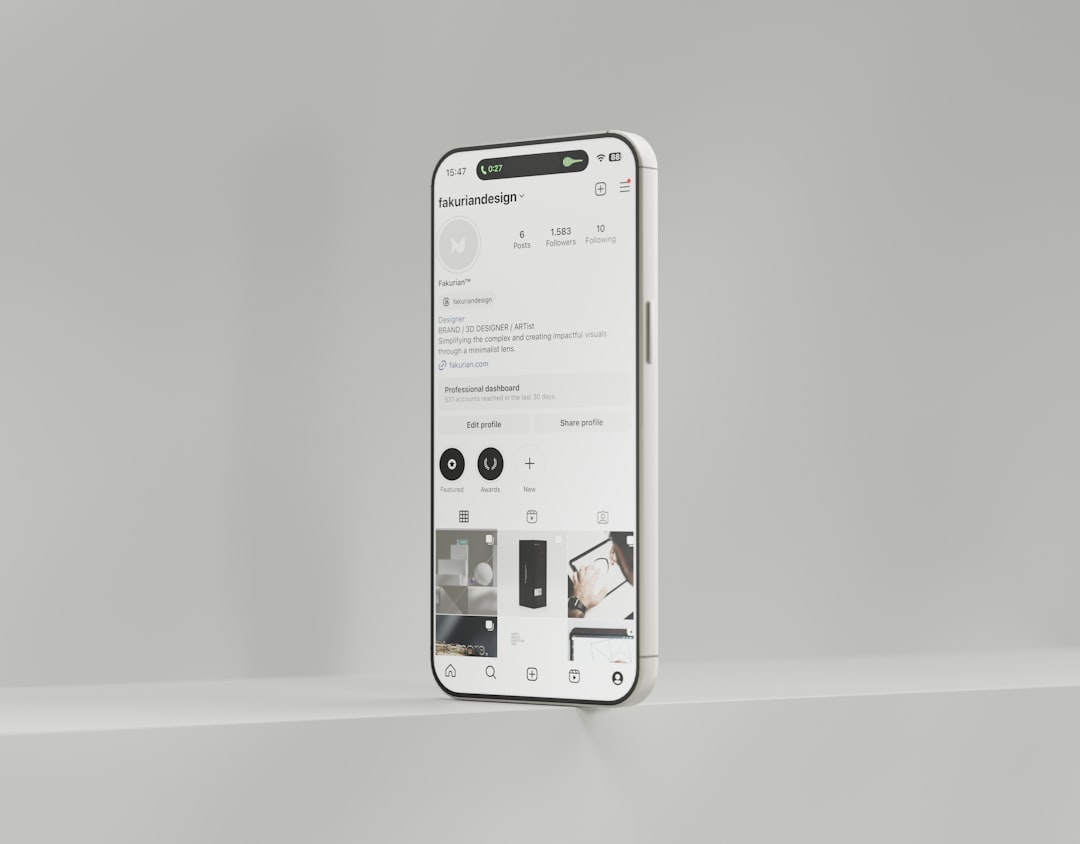Imagine this. You install a brand-new home camera to keep your house safe. It watches the living room, the door, maybe even the yard. But wait—what if it sees too much? What if it spies on things it shouldn’t? That’s where *privacy zones* come in!
Yep, privacy zones are like little “do not disturb” signs for your home camera. They help your camera capture what you want—while hiding what you don’t.
What Are Privacy Zones?
Privacy zones are areas you can block out from your camera’s view. It’s like putting virtual tape over part of your video feed.
This doesn’t mean the camera stops working. It just stops recording or monitoring certain spots.
For example, you can use privacy zones to:
- Hide your neighbor’s window
- Block your child’s bedroom door
- Keep the camera from watching your TV screen

Why Use Privacy Zones?
Because it’s *your* home, and you want to keep others (and yourself) comfortable.
Here are a few good reasons to set up privacy zones:
- Respect others’ privacy: Your camera shouldn’t peek into the neighbor’s yard or window.
- Avoid recording sensitive areas: Maybe you have private photos, medical items, or personal stuff.
- Stay legal: In some places, it’s against the law to record certain areas!
- Protect yourself from over-recording: Do you really need a video of yourself watching TV at 2 a.m.?
*Cameras are meant to keep you safe, not to accidentally create a reality show in your home.*
How Do Privacy Zones Work?
Most smart cameras—like Ring, Arlo, or Nest—let you draw privacy zones right in the app. Just tap, drag, and boom! You’ve hidden a part of the screen.
Here’s a simple way it usually works:
- Open the camera app on your phone or computer
- Select the live view or field of view
- Find settings for *Privacy* or *Motion Zones*
- Draw boxes over the places you want hidden
- Save your changes, and you’re done!
*Different brands may have fancier names or features, but the idea is the same.*

Cool Uses for Privacy Zones
Here are some fun and smart ideas for using privacy zones:
- Pet mode: Block off the cat litter box zone. Some things should stay private—even for cats.
- TV privacy: Don’t let your camera spy on your Netflix picks.
- Morning mess zone: Got a messy kitchen corner? Hide it until Saturday cleaning day.
- Mirror magic: Cameras can accidentally reflect things with mirrors—set a privacy zone to block it out.
It’s your camera, after all. You should decide what it sees.
Are Privacy Zones 100% Foolproof?
*Not always.* While they’re pretty reliable, here are some things to keep in mind:
- The zones blur or block video, but often still track motion
- Some cameras notify you *even if* it’s a hidden zone
- Lights, shadows, or reflections might sneak around your blocks
So yes—privacy zones help, but they’re not invisibility cloaks.
What Happens to the Hidden Zones?
It depends on the brand. Most cameras do one of these things:
- Block the zone completely: It shows a blacked-out area on your screen
- Ignore the zone: It won’t record or send alerts about that part
- Blur it: Some fancy models blur the area slightly for extra effect
And great news—most of these options can be changed anytime!
What About Cameras Without This Feature?
If your camera doesn’t have privacy zones, don’t worry—you’re not out of luck. Try these creative tricks:
- Physically block the lens: Stick a tiny piece of tape in just the right spot
- Change the camera angle: Point it away from the sensitive spots
- Use smart scheduling features: Turn the camera off during certain hours
It’s like giving your camera a nap break whenever needed.
Should You Share the Rules?
Yes! If guests, roommates, or family members will be home, it’s good to explain where your camera can and can’t see.
That builds trust. And maybe even avoids a few awkward conversations.
Here’s how to talk about it:
- Be honest: “Our camera records the living room, but not your bedroom door.”
- Show settings: Open the app and let them see the privacy zones.
- Adjust if needed: Someone uneasy about being recorded? Go the extra mile and give them peace of mind.
It’s your home—but comfort goes both ways.
Best Practices for Smart Privacy
Here are a few final tips to help you stay smart and safe:
- Review your zones often: Things in your home change. So should your zones.
- Update your app: New features may offer even better privacy tools.
- Use PINs and passwords: Don’t let others mess with your settings.
- Turn off audio if needed: Sometimes privacy is also about what’s heard, not just seen.
Little changes = big peace of mind.
The Bottom Line
Home cameras make life safer—but privacy is important too. With privacy zones, you can strike the perfect balance.
*You’re in control of what your camera sees. And what it doesn’t.*
So go ahead—draw those digital boxes, protect your space, and enjoy the best of both worlds: safety and privacy.


